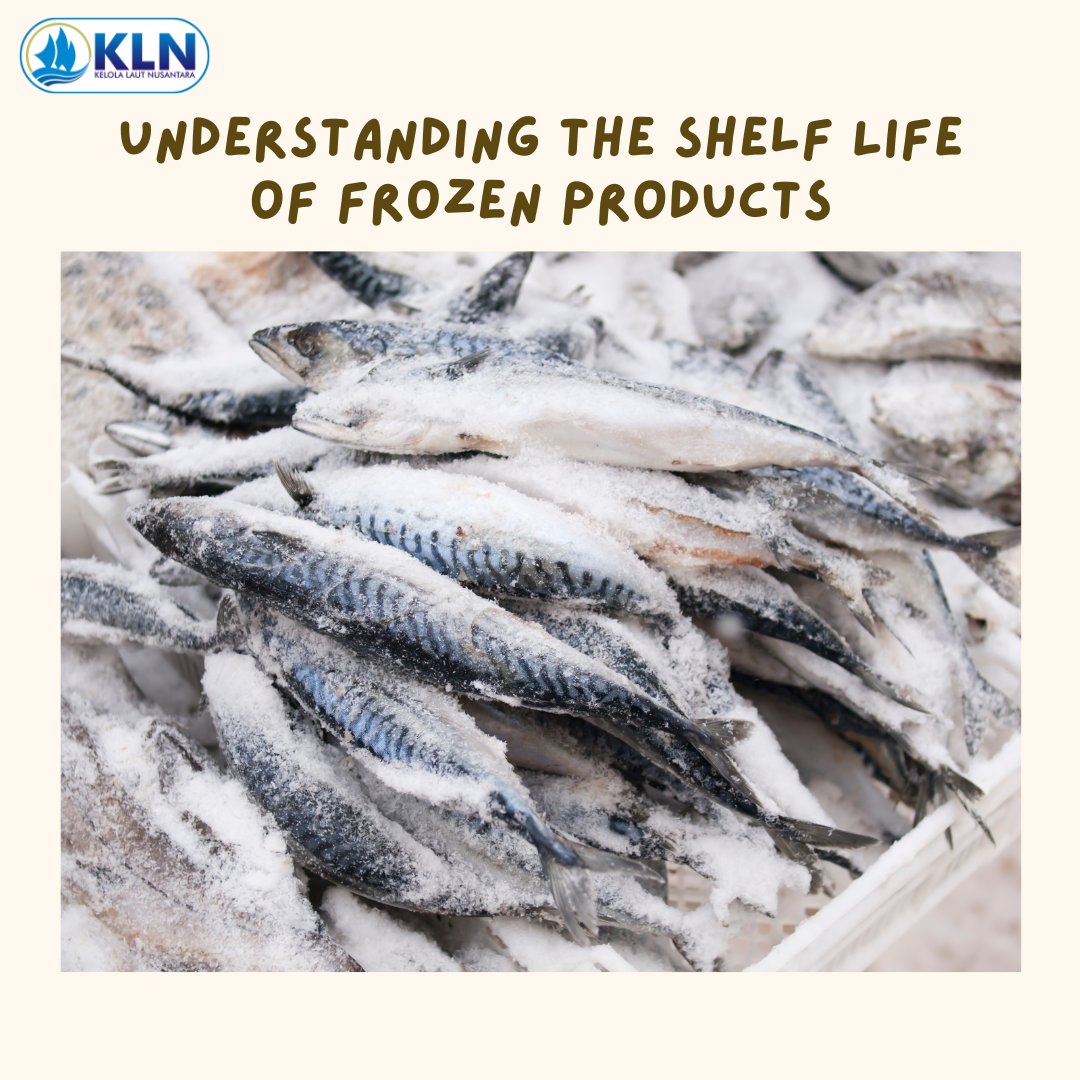Understanding the Shelf Life of Frozen Products
By. Najih - 16 Apr 2024
Shelf life refers to the duration during which a product maintains its quality, safety, and nutritional attributes under specified storage conditions. In the context of frozen products, this duration is particularly crucial as it determines the period within which the product remains suitable for consumption. Understanding and adhering to recommended shelf life guidelines not only ensure consumer satisfaction but also mitigate the risk of foodborne illnesses associated with the consumption of expired or spoiled products.
Factors Influencing Shelf Life:
- Temperature Management: The primary factor influencing the shelf life of frozen products is temperature management. Consistently maintaining temperatures below freezing (0°F or -18°C) is imperative to prevent microbial growth and maintain product quality. Fluctuations in temperature, such as partial thawing during storage or transportation, can accelerate deterioration and shorten shelf life.
- Packaging: The type and quality of packaging significantly impact the shelf life of frozen products. Proper packaging acts as a barrier against moisture loss, freezer burn, and contamination. Vacuum-sealed packaging or airtight containers help preserve the product's texture, flavor, and nutritional content, extending its shelf life.
- Product Composition: The composition and characteristics of the frozen product also influence its shelf life. Factors such as water content, fat content, and the presence of preservatives or additives can affect stability and susceptibility to degradation over time. For example, lean meats may have a shorter shelf life compared to fatty cuts due to differences in moisture content.
- Handling and Storage Practices: Proper handling and storage practices are essential for maximizing the shelf life of frozen products. This includes ensuring hygienic conditions during processing, packaging, and distribution, as well as avoiding temperature abuse during storage and transportation. Additionally, rotating stock to use older products first helps prevent the accumulation of expired inventory.
For consumers, understanding the shelf life of frozen products empowers informed purchasing decisions and promotes food safety practices. For manufacturers, ensuring adequate quality control measures throughout the production and distribution process is paramount to maintaining product integrity and extending shelf life.
.jpg)
The Impact of HACCP-Based Integrated Quality Management Programs on the Quality and Competitiveness of Fresh Demersal Fish Products
 and Employee Productivity on the Demersal Fish Processing Floor.jpg)
The Correlation Between Occupational Health and Safety (OHS) and Employee Productivity on the Demersal Fish Processing Floor

Human Resource Management Challenges and Training Needs in Implementing HACCP Quality Standards within the Fish Processing Industry

The Legal Shark Value Chain: Identifying Critical Control Points for Cost Efficiency and Value Enhancement from Catch to Consumer



.jpg)
 in Meeting Global Protein Demand Sustainably.jpg)